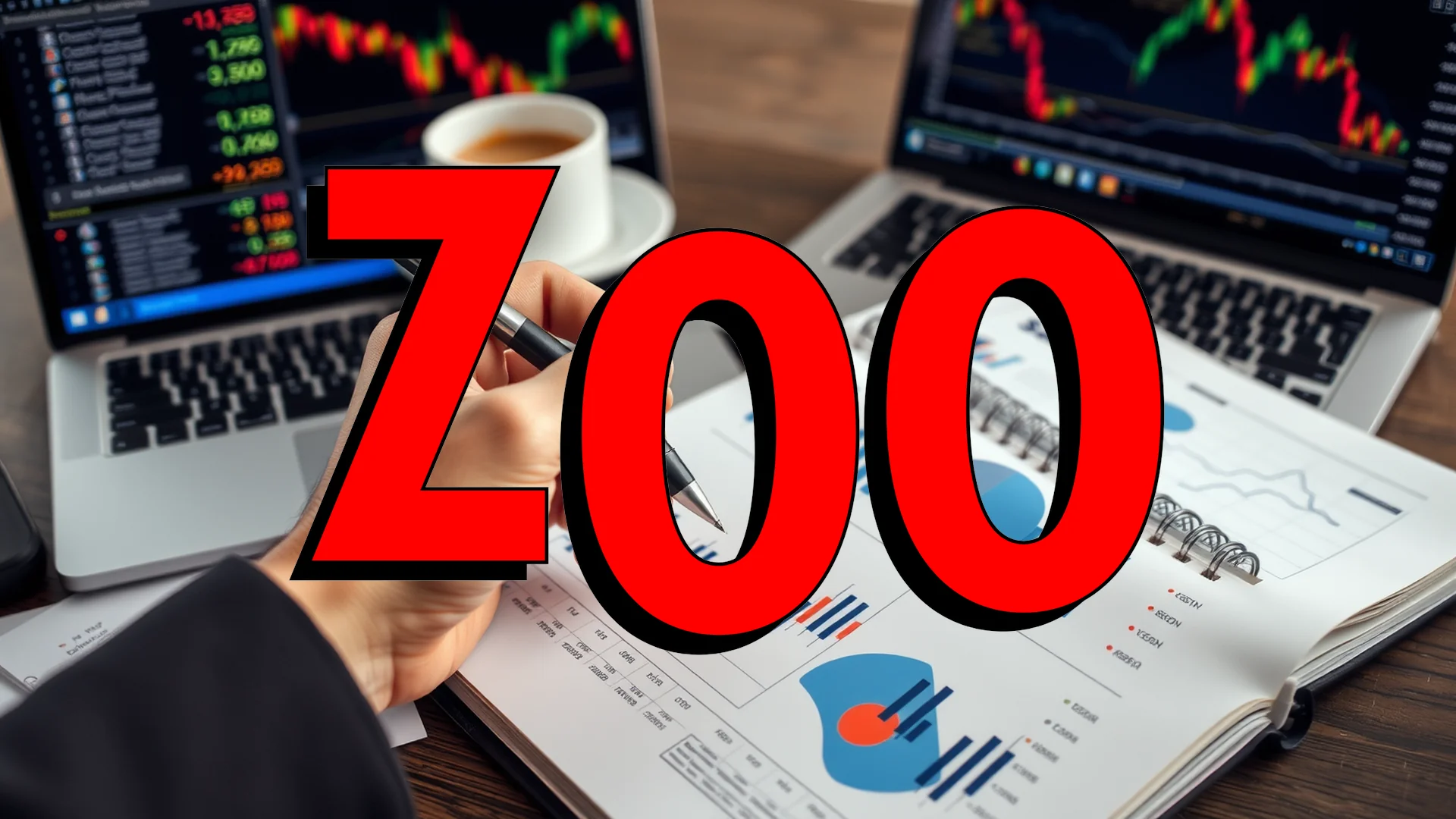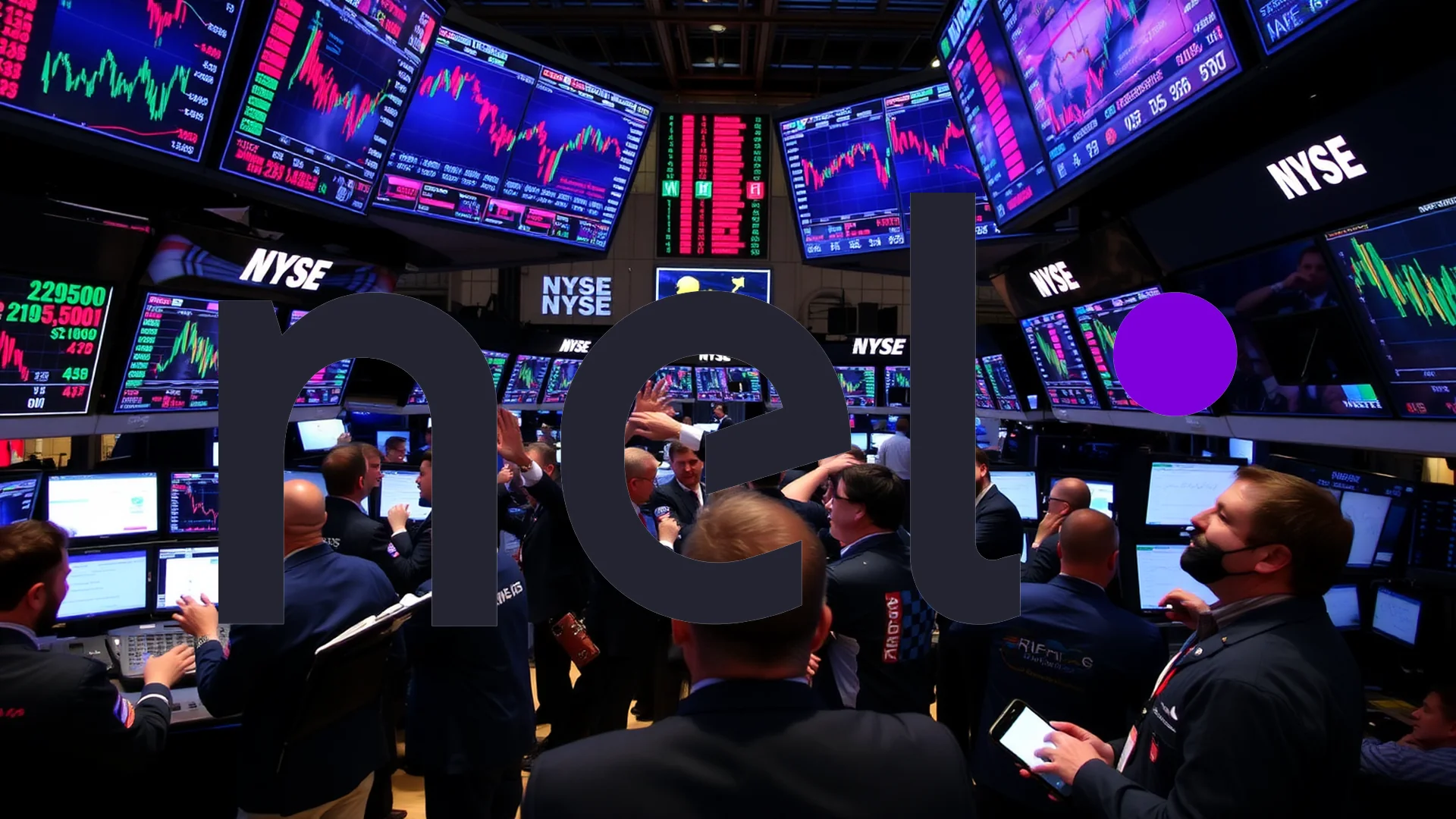Investors are grappling with a curious contradiction in Kinsale Capital’s recent market performance. The specialty insurance provider delivered exceptional third-quarter 2025 results that surpassed all expectations, yet saw its shares decline significantly. This divergence between operational excellence and stock market reaction has left market observers searching for explanations beyond the raw financial data.
Impressive Financial Metrics Meet Investor Skepticism
Kinsale Capital’s operational performance during the third quarter presented a picture of robust health. The company reported earnings per share of $5.21, substantially exceeding analyst projections of $4.79. Revenue climbed 19% to reach $497.5 million, while net income demonstrated even stronger growth, advancing 24% to $141.6 million.
The fundamental business indicators remained equally compelling. Gross written premiums increased by 8.4%, with net premiums surging 17.8%. Kinsale further demonstrated underwriting expertise through a combined ratio of just 74.9%. Book value per share has grown 25.8% since the beginning of the year. Despite these traditionally positive indicators, the market responded with a 7% drop in share value.
Leadership Transition Creates Uncertainty
Coinciding with its stellar financial report, Kinsale announced significant executive changes. Brian D. Haney, currently President and Chief Operating Officer, will retire in March 2026. Although he will maintain involvement as a board member and senior advisor, the departure of a key executive often introduces uncertainty that markets typically dislike.
Should investors sell immediately? Or is it worth buying Kinsale Capital?
The company has implemented a carefully structured succession plan. CEO Michael P. Kehoe will assume the additional role of President, while Stuart P. Winston receives promotion to Chief Underwriting Officer. Management emphasizes these moves ensure continuity, but investor sentiment frequently reacts negatively to leadership transitions regardless of planning quality.
Analyst Community Maintains Cautious Stance
Financial institutions have responded to Kinsale’s situation with measured perspectives. Truist Securities maintained its “buy” recommendation while adjusting its price target downward to $510, noting this revision reflects broader industry valuation trends rather than company-specific concerns. Similarly, J.P. Morgan reduced its target to $450 while keeping a “neutral” rating, emphasizing their adjustment wasn’t based on Kinsale’s operational performance.
The company itself continues projecting conservative growth expectations of 10-20% per cycle. Market watchers note that stabilization in commercial property pricing could provide additional momentum in coming quarters.
Investment Dilemma: Opportunity or Caution Signal?
The central question for investors remains whether this price decline represents a buying opportunity in a fundamentally sound company or indicates market recognition of issues not visible in financial statements. The disconnect between Kinsale’s operational success and its stock performance creates both mystery and potential for discerning investors who can interpret these conflicting signals.
Ad
Kinsale Capital Stock: Buy or Sell?! New Kinsale Capital Analysis from December 19 delivers the answer:
The latest Kinsale Capital figures speak for themselves: Urgent action needed for Kinsale Capital investors. Is it worth buying or should you sell? Find out what to do now in the current free analysis from December 19.
Kinsale Capital: Buy or sell? Read more here...









